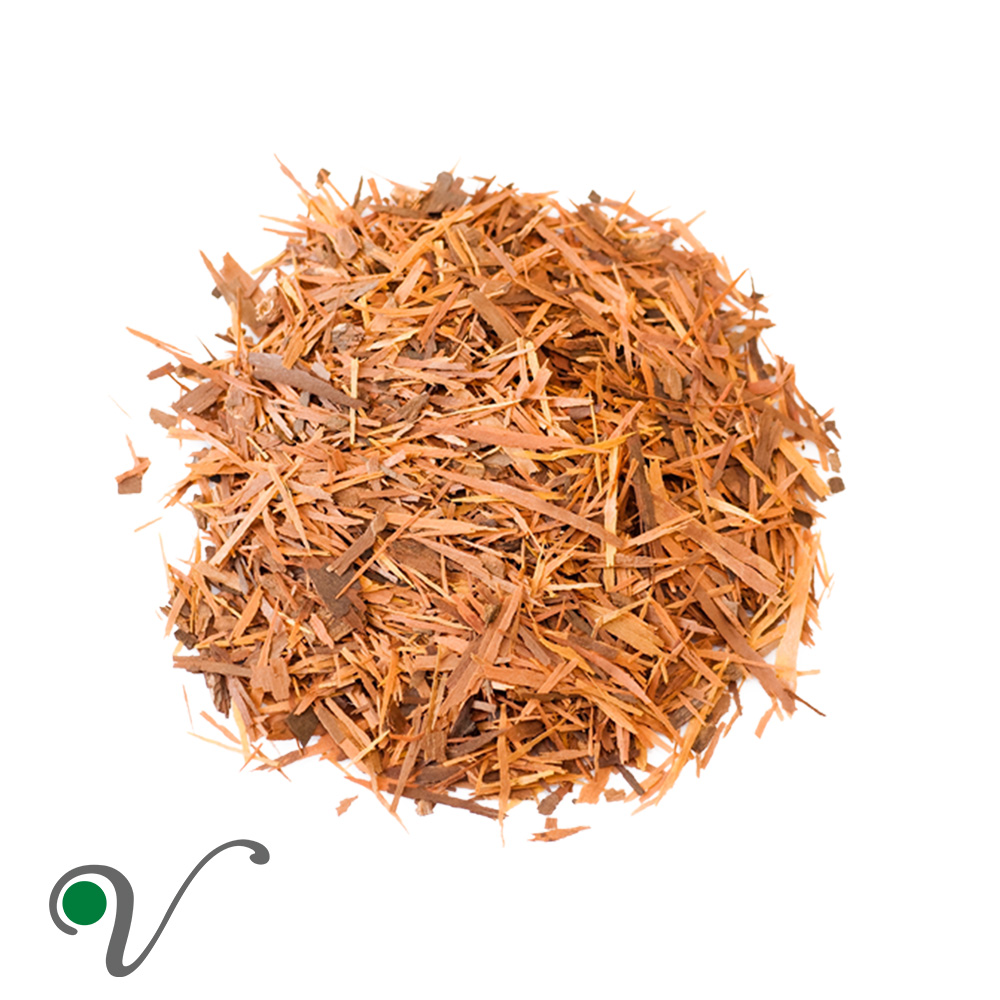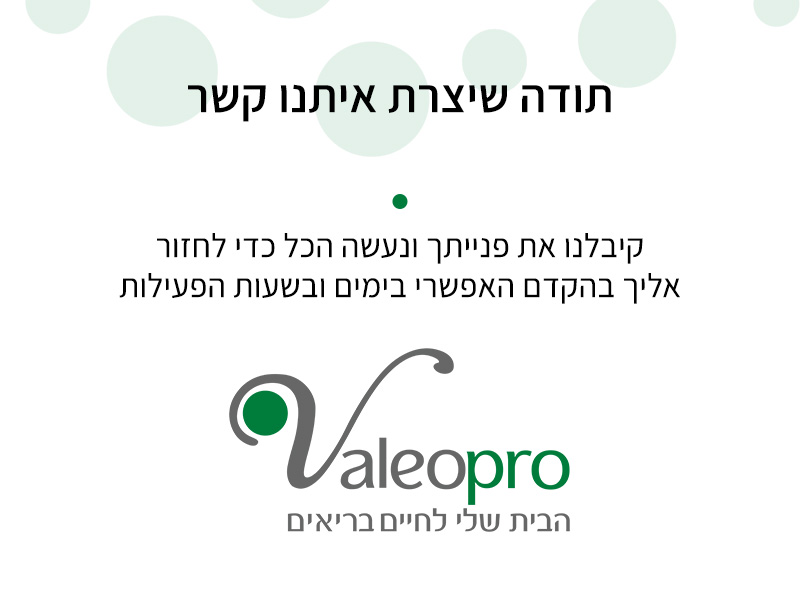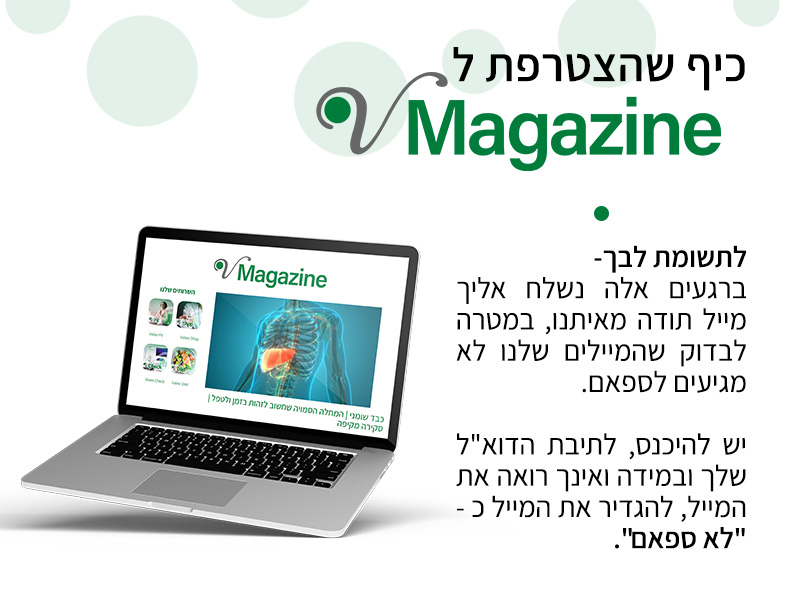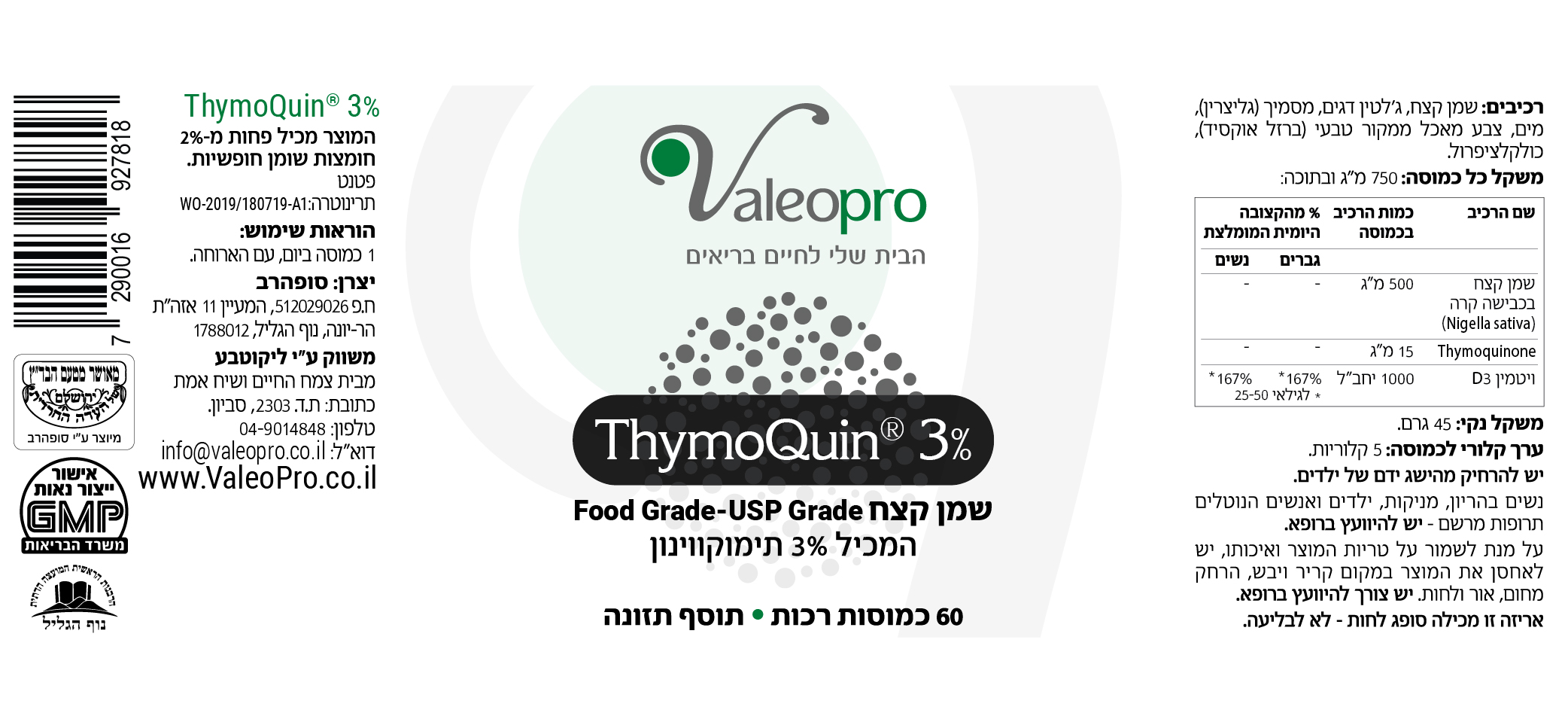טבבויה הינו עץ גבוה בעל תפרחת בגווני ורוד-סגול-אדום, או צהוב, כתלות במין.
מונוגרף זה מתייחס למין Tabebuia impetiginosa (מוכר גם תחת השמות Tabebuia avellanedae ו-Handroanthus impetiginosus) בלבד, המועדף לשימוש במערב וכן במסורת הברזילאית.
קיימים מינים נוספים הנהוגים בשימוש רפואי למטרות דומות, ביניהם:
T. ipe, T. rosea (T. pentaphylla), T. chrysantha (H. chrysanthus), T. cassinoides, T. serratifolia
באופן כללי, מינים בעלי תפרחת צהובה נחשבים נחותים מבחינה רפואית.
מוצאו של עץ זה באמריקה הדרומית (בעיקר ברזיל וארגנטינה). הוא נשתל ברחבי העולם למטרות נוי וכן נחשב לעץ חזק ועמיד, המשמש לנגרות.
שימוש נרחב הביא לדילול אוכלוסין של עצים אלו בברזיל וארגנטינה בשנות ה-90׳ של המאה ה-20.
חלק הצמח בשימוש: קליפת הגזע הפנימית.*
*בעת החדשה לעיתים נעשה שימוש בקליפת הגזע החיצונית של טבבויה כחומר גלם לתמציות ותוספי תזונה שונים.
יש לציין כי הקליפה החיצונית אינה מכילה רמות משמעותיות של הרכיבים הפעילים העיקריים(1).
רכיבים פעילים עיקריים
נפתאקינונים (כ- 1-2% מהקליפה הפנימית, ביניהם lapachol, beta-lapachone, xyloidone, deoxylapachol, alpha-lapachone, dehydro-alpha-lapachone, naphthofurandiones), אנטראקינונים, פנולים (נגזרות Benzoic acid ו-benzaldehyde), אירידואידים, קומרינים, פלבונואידים, דיטרפנים (carnosol).
פעילות רפואית מוכחת מחקרית:
ממריץ חיסון, נוגד חיידקים, נוגד נגיפים, נוגד פטריות, נוגד פרזיטים, נוגד סרטן, נוגד דלקת, משכך כאבים, אלטרנטיבי, נוגד אנמיה.

shabbat
false
0
0
0
0
החנות סגורה עד מוצאי השבת
יש לשלוח את הטופס


